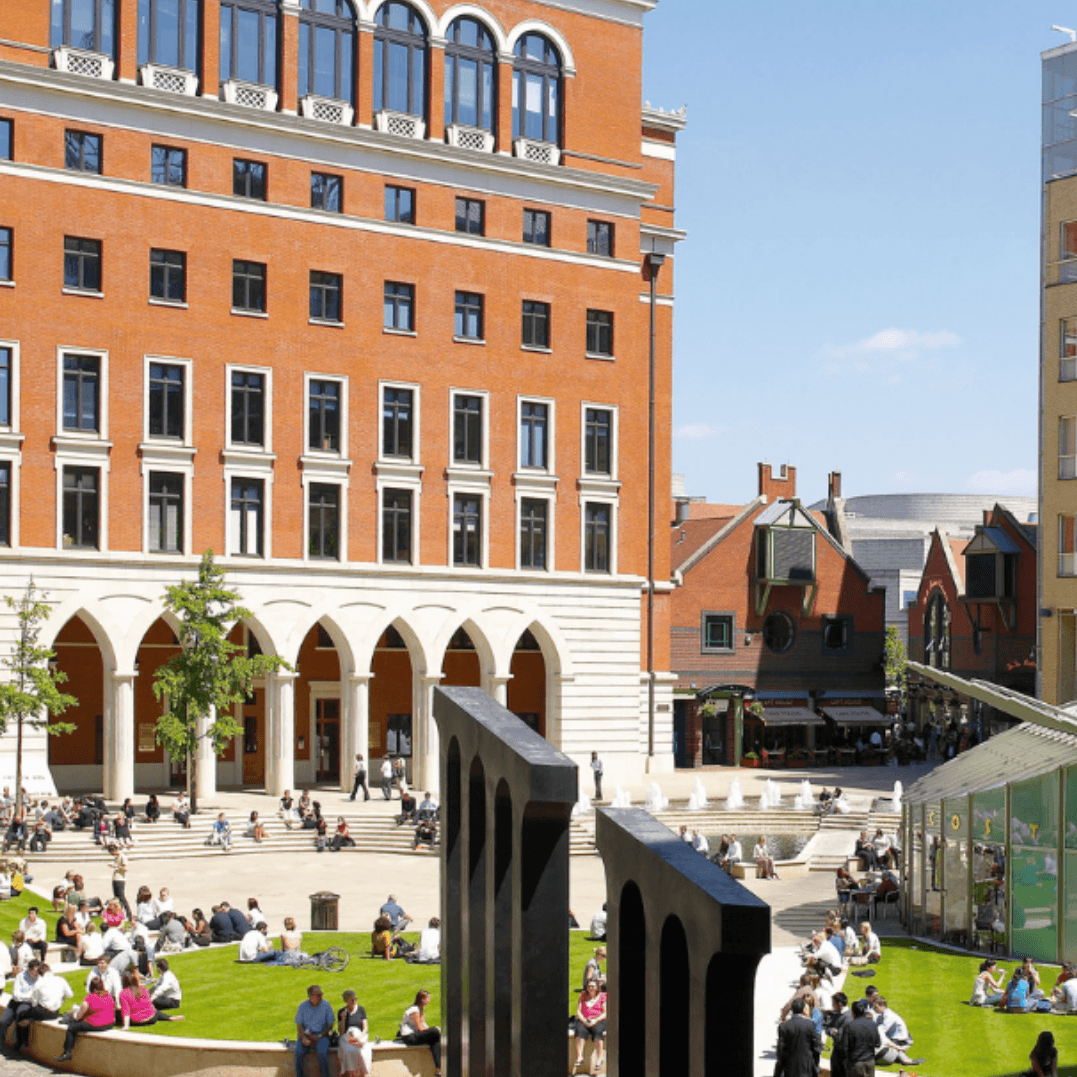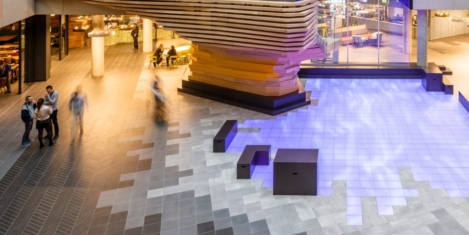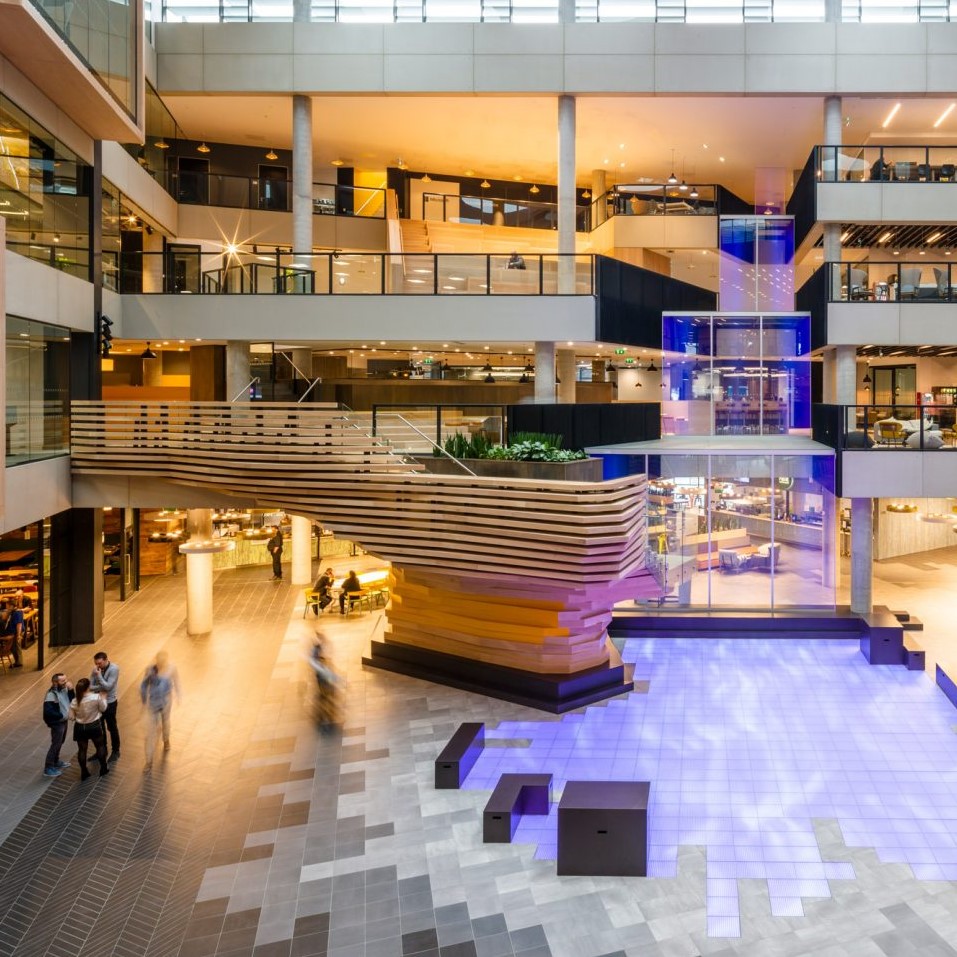August 7, 2019
One in ten firms sued for business rates arrears
 Around one in ten businesses in England were sued by their local authorities over the past year for failing to pay rising business rates, new data suggests. According to real estate consultancy Altus Group, around 750 businesses were sued each working day. The real estate group said the figures highlight the cost pressures on UK businesses, as the occupies of around 190,000 commercial properties came to court over the non-payment of rates during the last financial year. The report claims that the occupiers and owners of offices, shops, pubs and restaurants have called for cuts to business rates. According to Altus Group, the standard rate of tax, which applies to all medium and large premises in England with a rateable value of more than £51,000, rose by 2.4 percent on 1 April 2019. (more…)
Around one in ten businesses in England were sued by their local authorities over the past year for failing to pay rising business rates, new data suggests. According to real estate consultancy Altus Group, around 750 businesses were sued each working day. The real estate group said the figures highlight the cost pressures on UK businesses, as the occupies of around 190,000 commercial properties came to court over the non-payment of rates during the last financial year. The report claims that the occupiers and owners of offices, shops, pubs and restaurants have called for cuts to business rates. According to Altus Group, the standard rate of tax, which applies to all medium and large premises in England with a rateable value of more than £51,000, rose by 2.4 percent on 1 April 2019. (more…)


































July 24, 2019
Agile working? This is Frank’s World and the rest of us just live in it
by Mark Eltringham • Comment, Facilities management, Flexible working, Technology, Workplace design